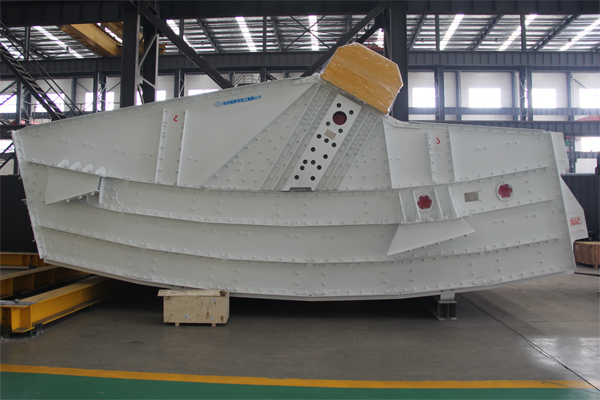Linear vibrating screens can be classified and categorized based on various criteria, including design, application, and operation.Here are some common models and classifications:

1. By Design:
Single Deck Screens: These have one screening surface and are used for simple classification tasks.
Multi-Deck Screens: Equipped with two or more screening surfaces, allowing for multiple size separations in one operation.
2. By Application:
Heavy-Duty Linear Screens: Designed for handling large and abrasive materials, typically used in mining and quarry applications.
Fine Screening Linear Screens: Used for smaller particle sizes, often in food, chemical, and pharmaceutical industries.
3. By Motion and Drive Type:
Electromechanical Linear Screens: Utilize electric motors and unbalanced weights to create linear motion.
Hydraulic Linear Screens: Use hydraulic systems for movement, which can be advantageous for certain applications.

4. By Material Handling:
Wet Linear Screens: Designed for applications where materials are processed with water or other liquids.
Dry Linear Screens: Suitable for dry materials and typically equipped with features to minimize dust.
5. By Screen Surface:
Mesh Screens: Traditional screens made from woven wire mesh for various particle sizes.
Perforated Plate Screens: Use metal plates with holes for larger particles, offering durability and easier cleaning.
6. By Size:
Standard Size Screens: Common dimensions used in general applications.
…
For more detailed information about the models and classifications of linear vibrating screens, please click here: https://www.hsd-industry.com/news/linear-vibrating-screen-model/


